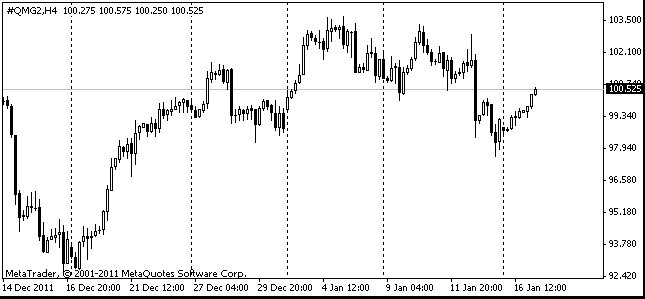EUR/usd
The single currency shot up yesterday, hitting the level of 1.30 already before the payrolls. Having taken the grip of such an important psychological level before this serious news, the bulls rejoice in their success. Yet, it's remarkable that draghi hasn't given any new information to the markets. Investors and traders didn't hope for that and to make out the further cause of actions tried to be attentive to the nuances. The markets arrived at the conclusion that Draghi would prefer to get a bailout request from Spain and probably from Italy as soon as possible to bring all guns into play.
To be honest, it is a somewhat surprising desire for European politicians to help and show how much good the ECB can do. There is one more interesting change in the Bank's sentiment. When asked whether the rate cut was discussed, Draghi answered “no”. Obviously, this is no time for it. Politicians have a loaded gun at hand, which will be able to fight down negative tendencies.
On the other hand, inflation in the region is gaining pace. The preliminary estimate by Eurostat indicated the annual rate of price growth at 2.7%. A year ago the figure was bigger – 3.0%, however already this suggests that inflation constantly exceeds the target level of “a bit below 2% in the mid term”. The mid term as believed by most CBs is the period of 3 years. The average rate of price growth for the last 36 months makes 2.1%, however this is with the period of disinflation at the end of 2009 considered. In the coming months this average rate is sure to grow, plus the inflation “import” due to the drop of the euro rate in summer should also contribute to it. Thus, the probability of the quantitative easing by the ECB can be written off. This is certain to benefit the euro till the end of the year.
Now let's turn to the dollar. The main event of the day is surely the release of employment statistics. It attracts even more attention thanks to the Fed. Our forecast doesn't differ much from the market expectations. It's most likely that the figures will be as poor as a month ago, about 100K or even less. However, it remains a mystery whether it will be good or bad for the dollar. The Fed has already put the money printing press into action and is unlikely to change its policy till the end of the year. Hence the market can react in a “classical” way, where poor employment increases the demand for safe assets and eventually leads to strengthening of the dollar. Now let's look at the tail-risk scenarios. Unusually strong data (above 130K and decline of the unemployment rate) may entail drop of the dollar, growth of commodity prices and growth of stock exchanges. In the meantime the too poor data (growth by less than 70K) is likely to trigger movements of different directions in the market. It is no good for the dollar, as it makes the increase in the QE size more likely. In the near term it will also do no good to the markets, especially to the commodity ones.

USD/JPY
The bank of japan, as typical of Japanese politicians and Japanese philosophy in general, prefers to make a step up and then watch what consequences it will entail. The very modest extension of the monetary policy a few weeks ago hasn't taken effect. Now the BOJ doesn't want to change anything. Before that USD/JPY crawled up to 78.50 where it already didn't feel very confident. In our opinion, from such levels the pair is likely to go down to 77.50.

USD/CAD
Canada is also to see employment statistics today. This country seems to be much stronger than the USA. For example, today's release is expected to show growth of employment by 12K. If we adjusted it for the size of the USA, where population is 20 times as big as in Canada, the figure would get to over 200K. This is the pace, which the Fed so much wants, but fails to reach. There is one ‘but' however – the problem of Canada is that it is too close to the USA, so the weakness of the latter quickly spreads to the former. The Canadian Loonie like a lunatic has been falling for the whole second half of September and USD/CAD has grown from 0.96 to 0.9880.

oil
Yesterday Oil managed to recoup the losses it had a day before. It even almost managed to show a bullish engulfing pattern. However, the bears didn't let this delightful event happen. A barrel of WTI Oil cost 91.51 by the end of the day and Thursday was opened at 91.62. 11 cents – is it much or little?
